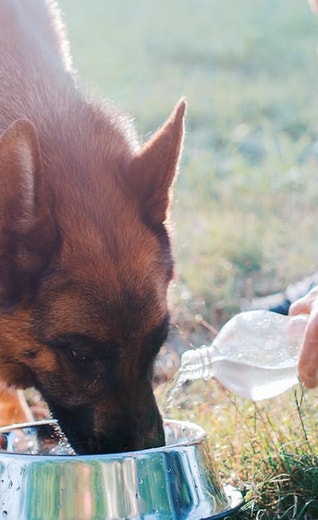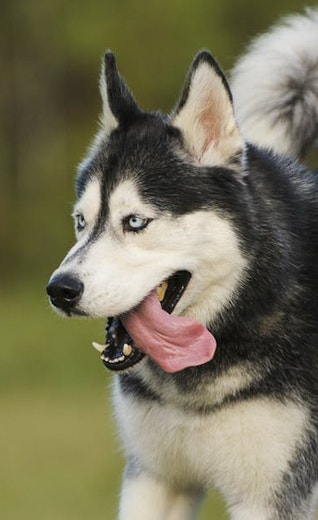
Supporting Canine Dental Health
Dogs have no hands to remove trapped pieces of food or debris from between their teeth—and no voice to declare that their mouths taste bad or that their teeth ache when they chew.
BABY TEETH: FIRST DENTAL STEPS
Maintaining good dental health for a dog starts at puppyhood. Puppies lose their baby teeth without much ceremony; these small deciduous teeth are rarely found. However, a retained puppy tooth that does not fall out when the permanent tooth erupts can create problems. Retained teeth should be removed to avoid complications such as a poorly aligned or painful bite, tooth decay or a broken tooth.
ADULT DOG DENTAL HEALTH
Plaque and tartar buildup on dogs’ teeth, causing periodontal disease that can lead to severe tooth decay, root absorption, receding gumlines, loss of teeth and bone and can lead to abscesses.
Dental cleanings reduce periodontal disease and may improve general health. Talk to your vet to know when your dog's first dental cleaning should be. Talk to your veterinarian about when your dog's first dental cleaning should be.
BREAK OUT THAT TOOTHBRUSH
Brushing your dog’s teeth will decrease plaque buildup. Training your dog for brushing starts by teaching your dog that toothpaste is a treat. (Remember to use canine toothpaste. Dogs do not like mint and human toothpaste typically includes floride, which is not intended to be swallowed in large quantities and dogs often swallow their toothpaste). Next, let your dog have the toothpaste treat on a toothbrush. Finally, brush one tooth a day for several days, and then add other teeth to the regimen after the brushing sensation is accepted. It might take weeks, or even months, for your dog to allow a full brushing.
Once tartar builds around teeth and periodontal disease becomes evident, tooth extractions may be necessary. Thick tartar can mask the severity of the periodontal disease, and even some pristine teeth might have pockets in the gum, with tooth root decay below. Cleanings, along with dental x-rays, are the best way to diagnose, treat and prevent periodontal disease.
WHEN YOUR DOG NEEDS MORE HELP
A good oral exam is part of your dog’s annual physical. However, your dog might need a special dental exam if he shows signs such as pain when eating, excessive drooling, a chattering jaw (i.e., when the jaw moves up and down in short bursts as if the dog is cold or trembling), swelling on the face or under the eye, bloody saliva, tooth loss, odiferous breath, gray tartar encrusting a tooth or decreased activity or appetite. Keeping a close eye on your dog’s oral health will help her live a longer, happier life.




